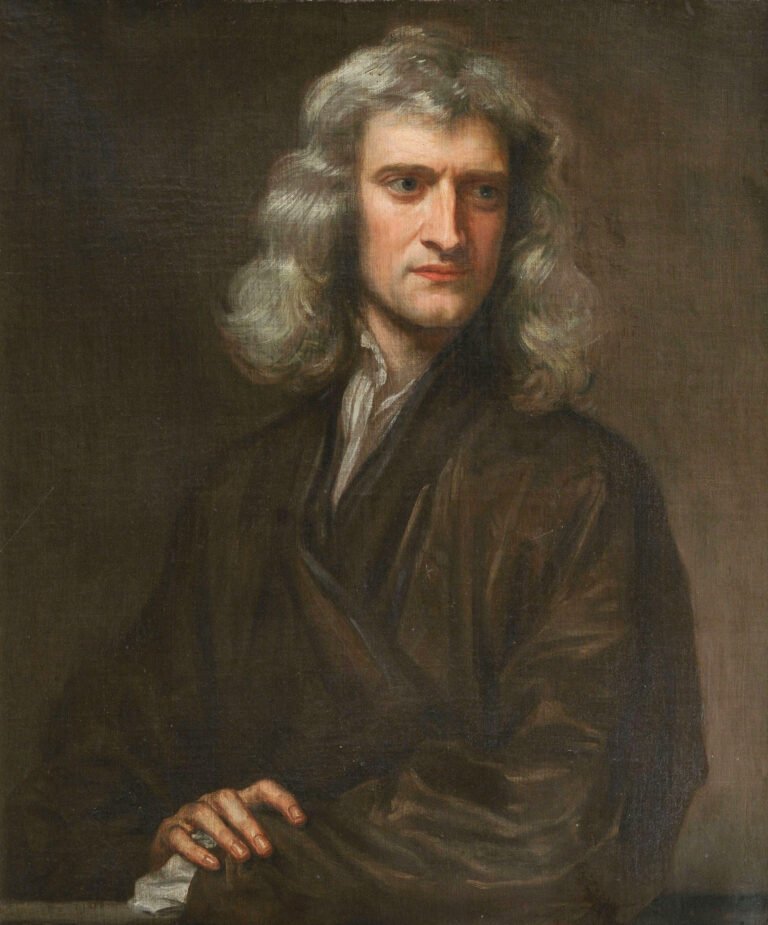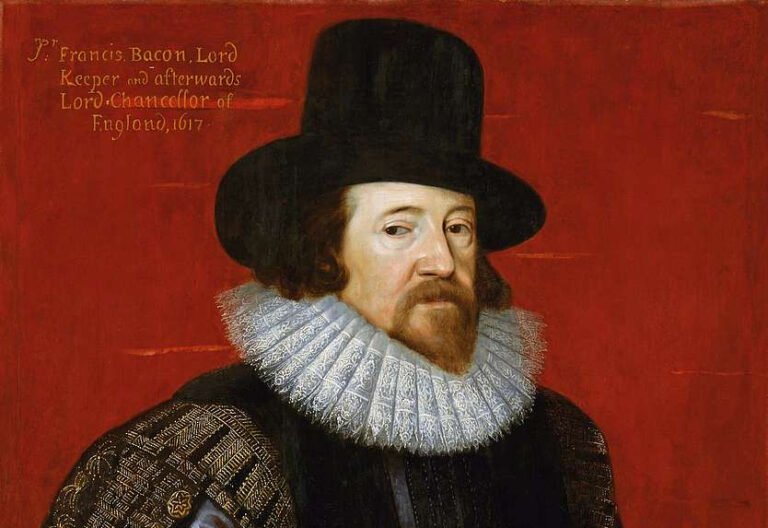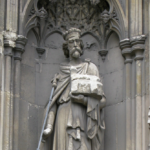Henry VIII is one of the most famous English kings. His reign changed England forever.
Henry VIII ruled from 1509 to 1547. Known for his six marriages, he sought to secure a male heir. His desire to annul his first marriage led to the English Reformation. This broke away from the Catholic Church and formed the Church of England.
Henry’s decisions had lasting impacts on religion, politics, and society. His reign saw significant changes in the English monarchy and government. Many remember him for his strong personality and influential policies. Understanding Henry VIII’s life helps us learn about this critical period in English history. His legacy continues to shape our world today.
Early Life And Ascension
Henry VIII, one of England’s most famous kings, led a life full of drama and intrigue. His early years shaped him into the powerful ruler he became. This section explores his childhood, education, and path to the throne.
Childhood And Education
Henry was born on June 28, 1491, at Greenwich Palace. He was the second son of Henry VII and Elizabeth of York. As a young prince, Henry enjoyed a privileged childhood. He had access to the best tutors and resources.
His education was broad and thorough. He studied Latin, French, philosophy, and theology. He also excelled in sports such as hunting, jousting, and tennis. This well-rounded upbringing prepared him for his future role.
Becoming King
Henry was not the heir to the throne at first. His older brother, Arthur, was the initial successor. But Arthur’s sudden death in 1502 changed Henry’s destiny. At just 11 years old, Henry became the new heir.
Henry VIII ascended the throne on April 21, 1509, after his father’s death. He was only 17 years old. His youth and ambition marked the beginning of a new era for England. Henry’s reign would forever change the course of the country’s history.

Credit: en.wikipedia.org
Marriages And Wives
Henry VIII had six wives, each with a unique story. His marriages shaped England’s history and led to significant changes. His quest for a male heir caused many political and religious shifts.
Henry VIII is famous for his six marriages. Each marriage had its own drama and significance. His quest for a male heir led to these unions. Let’s explore each wife and their stories.
Catherine Of Aragon
Catherine was Henry’s first wife. She was originally married to his brother Arthur. After Arthur’s death, she wed Henry. She bore him a daughter, Mary. Henry sought to annul their marriage. He believed their union cursed because she was his brother’s widow. The Pope refused, leading Henry to break from the Catholic Church.
Anne Boleyn
Anne was Henry’s second wife. Her charm and wit captivated him. She gave birth to Elizabeth, the future queen. Henry grew frustrated without a male heir. Anne was accused of adultery and treason. She was executed in 1536. Her death marked a dark chapter in Henry’s reign.
Jane Seymour
Jane was Henry’s third wife. She was gentle and kind. She finally gave Henry a male heir, Edward. Tragically, she died shortly after childbirth. Henry mourned her deeply. Jane was the only wife buried beside him.
Anne Of Cleves
Anne was Henry’s fourth wife. Their marriage was political, not romantic. Henry found her unattractive. He called her the “Flanders Mare”. The marriage was annulled after six months. Anne lived comfortably in England after the annulment.
Catherine Howard
Catherine was Henry’s fifth wife. She was young and lively. She was Anne Boleyn’s cousin. Henry adored her initially. Accusations of her infidelity soon surfaced. She was executed for treason in 1542. Her death showed Henry’s ruthless side.
Catherine Parr
Catherine was Henry’s sixth and final wife. She was wise and supportive. She outlived Henry, caring for him in his last days. She played a key role in uniting Henry’s children. Her influence helped shape the future of the English monarchy.
“`
Break With The Catholic Church
Henry VIII’s break with the Catholic Church was a pivotal moment. It changed the course of English history. His actions led to significant religious and political shifts. This event is known as the English Reformation.
The Reformation
The Reformation began in the early 16th century. Many people were unhappy with the Catholic Church. They felt it was corrupt and too powerful. Martin Luther’s ideas spread quickly. He challenged the authority of the Pope. This movement reached England, influencing Henry VIII.
Henry wanted an annulment from his wife, Catherine of Aragon. The Pope refused his request. This refusal frustrated Henry. He saw a chance to break free from Rome’s control. He decided to take drastic measures. Henry chose to establish a new church.
Creation Of The Church Of England
In 1534, Henry VIII created the Church of England. He declared himself the Supreme Head of this new church. This act marked a clear break from the Catholic Church. Henry gained control over religious matters in his realm. The English Reformation was now in full swing.
The creation of the Church of England had many effects. It allowed Henry to marry Anne Boleyn. He dissolved monasteries and seized their wealth. This move strengthened his power. It also created tensions within the kingdom. Many remained loyal to the Catholic Church. Others embraced the new Protestant faith.
Henry VIII’s break with the Catholic Church reshaped England. It marked the beginning of a new era. The impacts of this decision are still felt today.
Political And Military Campaigns
Henry VIII is one of the most famous kings in English history. His reign was marked by significant political and military campaigns. These campaigns had a huge impact on England’s position in Europe.
Wars With France
Henry VIII had a long-standing rivalry with France. He wanted to assert England’s power and claim territory. In 1512, he joined the Holy League against France. His goal was to reclaim lands lost by his ancestors.
He led several invasions into France. In 1513, he captured the town of Tournai. This victory boosted his reputation. Yet, these wars drained England’s resources. The constant fighting strained the kingdom’s finances.
Conflicts With Scotland
Henry VIII also faced conflicts with Scotland. Scotland often allied with France, England’s enemy. This alliance led to many battles. One of the most famous was the Battle of Flodden in 1513.
English forces defeated the Scots. King James IV of Scotland was killed in the battle. This victory secured England’s northern borders. It also weakened Scotland for many years.
Henry’s campaigns against Scotland continued throughout his reign. These conflicts shaped the relationship between the two nations. They left a lasting legacy on British history.
Court Life And Culture
Henry VIII’s court was a vibrant and lively place. It was full of activity, art, and culture. The king was known for his love of luxury and splendor. Court life was a mix of politics, entertainment, and patronage.
The Royal Court
The royal court of Henry VIII was the center of power in England. Nobles, advisors, and servants filled the halls. The king held court in magnificent palaces like Hampton Court and the Palace of Whitehall. These places were known for their grand architecture and opulent decorations.
At court, there were feasts, dances, and tournaments. Courtiers competed for the king’s favor. They wore the finest clothes and jewels. The court was a place where alliances were made and broken. It was both a place of great opportunity and great danger.
Patronage Of The Arts
Henry VIII was a great patron of the arts. He supported musicians, artists, and writers. The king’s love for music led to the creation of many beautiful compositions. He even played and composed music himself. His court was filled with the sounds of lutes, violins, and harpsichords.
The king also valued visual arts. He commissioned portraits from famous artists like Hans Holbein the Younger. These portraits captured the grandeur of the royal family and the court. Literature flourished under Henry VIII’s reign. Writers and poets found inspiration in the vibrant court life.
Economic And Social Changes
The reign of Henry VIII brought significant economic and social changes to England. His policies reshaped the country’s economic landscape. These changes had a lasting impact on society. Let’s explore these shifts under two main areas.
Monetary Policies
Henry VIII’s monetary policies were driven by his need for revenue. He wanted to fund wars and his lavish lifestyle. One key action was the dissolution of the monasteries. This move confiscated church lands and wealth, boosting the royal treasury.
Another major policy was the debasement of coinage. Henry reduced the silver content in coins. This led to short-term gains for the crown. However, it also caused inflation and reduced the value of money. People found it harder to buy goods.
| Policy | Effect |
|---|---|
| Dissolution of Monasteries | Increased royal wealth, reduced church power |
| Debasement of Coinage | Short-term revenue, long-term inflation |
Impact On Society
Henry VIII’s policies had a profound impact on society. The dissolution of monasteries displaced many monks and nuns. They lost their homes and livelihoods. The redistribution of church lands created a new class of wealthy landowners.
Inflation caused by the debasement of coinage affected ordinary people. Prices of goods rose, making daily life harder for many. Farmers and laborers struggled to make ends meet. The gap between the rich and poor widened.
- Displaced religious communities
- Creation of a new landowning class
- Increased inflation and hardship
- Widening economic inequality
These changes shaped the future of England. They laid the groundwork for modern economic policies. Henry VIII’s reign marked a turning point in English history.
Health And Personality
Henry VIII is a fascinating historical figure. His health and personality have been subjects of interest for many historians. This section will delve into his physical and psychological traits, painting a vivid picture of the man behind the crown.
Physical Health
Henry VIII’s physical health was a tale of two halves. In his youth, he was known for his robust health and athletic build. He excelled in sports like jousting and hunting. A tall and handsome figure, he was the very image of a powerful king.
But his health declined rapidly in his later years. By middle age, Henry suffered from obesity. He reportedly had a waist size of 54 inches. His once athletic frame gave way to a more sedentary lifestyle. He also developed severe leg ulcers, which caused him immense pain.
Henry’s diet contributed to his declining health. He consumed large quantities of meat and sweet foods, leading to possible gout and other ailments. His physical decline mirrored the turbulence of his reign, marked by political and personal strife.
Psychological Profile
Henry VIII’s personality was complex and multifaceted. He was known for his charisma and charm, winning the loyalty of many. His intelligence and education were also noteworthy. He spoke several languages and enjoyed music, reading, and theological debate.
Yet, he had a darker side. He was often impulsive and ruthless. His decisions could be unpredictable, swayed by personal emotions and desires. His six marriages are a testament to his volatile relationships.
Henry’s paranoia grew with age. He became increasingly suspicious of those around him. This led to the execution of many close advisors and even some of his wives. His reign was marked by a mix of visionary leadership and personal vendettas.
Understanding Henry VIII’s health and personality helps us see the man behind the monarchy. His physical and psychological traits shaped his decisions and, ultimately, the course of English history.

Credit: www.britannica.com
Legacy And Impact
Henry VIII remains one of England’s most famous kings. His reign has left a lasting mark on history. His decisions changed the course of English history. Let’s explore his historical reputation and his influence on modern England.
Historical Reputation
Henry VIII’s historical reputation is complex. He is known for his six marriages. He broke away from the Roman Catholic Church. This led to the creation of the Church of England. His reign also saw the dissolution of monasteries. These actions reshaped the religious landscape of England. Some view him as a tyrant. Others see him as a strong leader who made tough decisions.
Influence On Modern England
Henry VIII’s influence on modern England is significant. The Church of England remains a major religious institution. The legal and administrative reforms he introduced still impact England today. His reign also influenced English culture and art. Many iconic buildings from his time still stand. His legacy is a mix of good and bad. Yet, his impact on England remains undeniable.

Credit: www.britannica.com
FAQs
Who Was Henry VIII?
Henry VIII was the King of England from 1509 to 1547. He is famous for his six marriages and his role in the separation of the Church of England from the Roman Catholic Church.
Why Did Henry VIII Marry Six Times?
Henry VIII married six times primarily to secure a male heir. He also sought political alliances and personal satisfaction through his marriages.
What Was Henry VIII’s Most Significant Achievement?
Henry VIII’s most significant achievement was the establishment of the Church of England. This broke away from the authority of the Pope and the Roman Catholic Church.
How Did Henry VIII Impact The English Reformation?
Henry VIII initiated the English Reformation by separating from the Roman Catholic Church. This led to the creation of the Church of England and significant religious changes.
Conclusion
Henry VIII remains a significant figure in history. His reign changed England forever. The Church of England was born from his decisions. His six marriages are still discussed today. Henry’s legacy is complex and fascinating. Learning about him offers insights into power and leadership.
His story teaches us about human nature and ambition. Dive deeper into his life to understand his impact. Henry VIII’s story is a vital part of history. His influence continues to be felt.








